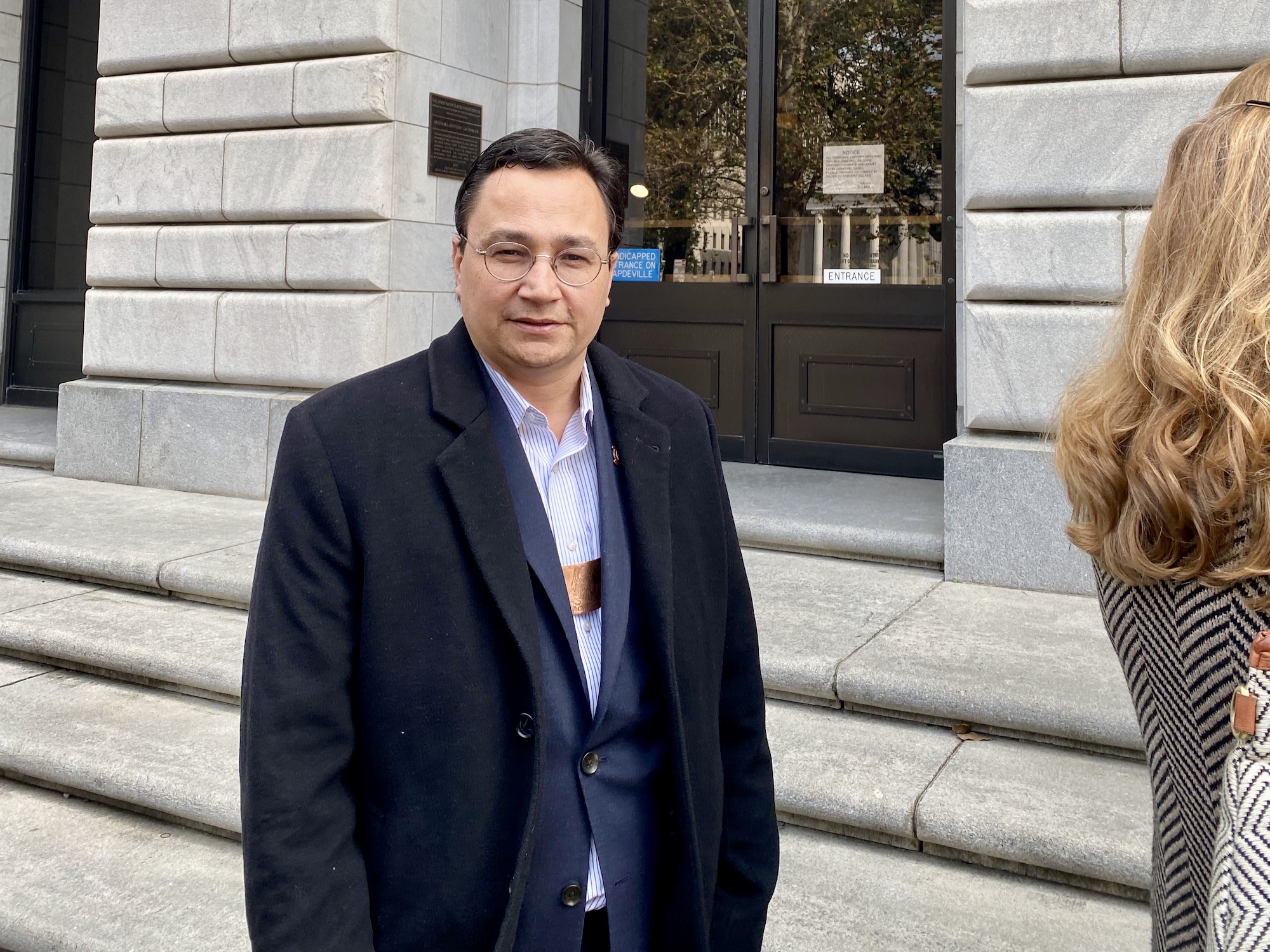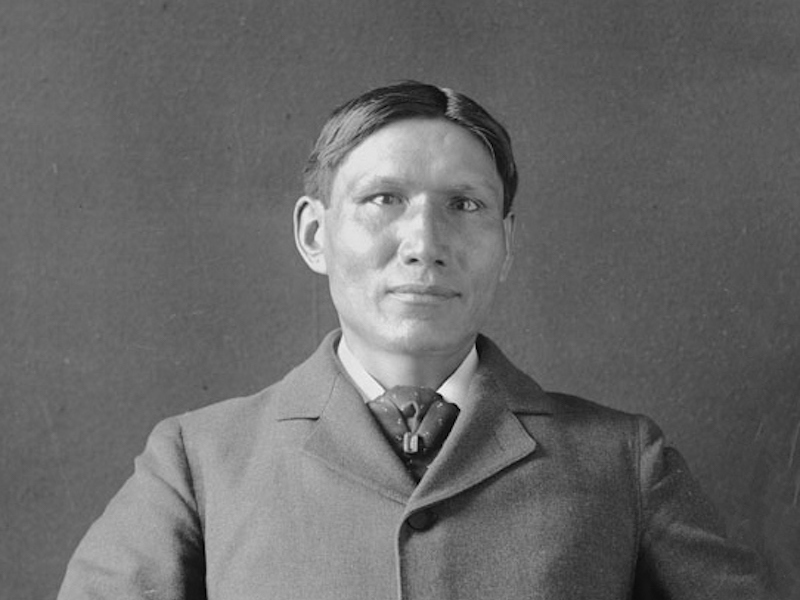

phone: 202 630 8439
|
Home > News > Headlines
Study shows impact of gaming in Indian Country Monday, January 10, 2005 Economic and social conditions in Indian Country improved substantially over the past decade, according to a Harvard University study released last week, with progress by gaming tribes outpacing non-gaming tribes. Using 10 years of U.S. Census Bureau data, researchers at the Harvard Project on American Indian Economic Development discovered gains in income, education, housing and other indicators. In every category, conditions improved greatly for American Indians living on reservations from 1990 to 2000, the report said. With financial backing from the National Indian Gaming Association, the authors of the study compared progress among members of tribes with and without casinos. The aim was to show the impacts of gaming on tribal lands. "The results are remarkable," researchers wrote in American Indians on Reservations: A Databook of Socioeconomic Change Between the 1990 and 2000 Censuses, released last Wednesday. "In all but two categories, Census-measured socioeconomic improvement is greater for gaming reservations than for non-gaming reservations." In some categories, progress among gaming tribes was far greater than among non-gaming tribes. For example, per capita income rose by 36 percent for members of tribes with casinos versus 21 percent for members of tribes without casinos. Median household income among gaming tribes rose by 35 percent compared to just 14 percent among non-gaming tribes. In other areas, the difference wasn't as notable but was still apparent. Family poverty, child poverty and deep poverty rates, for example, dropped for gaming and non-gaming tribes alike but gaming tribes saw slightly better improvement. Data for two categories -- public assistance and homes without complete kitchens -- showed that conditions on reservations without gaming worsened slightly from 1990 to 2000. But gaming tribes saw progress in these areas, according to the report. And non-gaming tribes beat out gaming tribes based on two indicators -- overcrowding and homes lacking complete plumbing. Non-gaming tribes made larger gains in these two areas, the data showed. The authors of the report acknowledged the benefits of gaming in Indian Country. But they pointed out that the real reason for progress was self-determination. According to the report, "self-rule brings decision making home, and local decision makers are held more accountable to local needs, conditions, and cultures than outsiders." Jackie Johnson, executive director of the National Congress of American Indians, agreed with the assessment. "The data reflects that when tribes are truly empowered to govern, our communities grow," she said. "There has been a ripple of positive change in tribal communities, as tribes make their own sound decisions on what is best for their citizens." The report also noted that Indians living on reservations are still worse off than the rest of the nation. "Despite these positive changes, average income in Indian Country is less than half the overall U.S. average," said co-author Jonathan Taylor, a research fellow. "American Indians still have a long way to go to address the accumulation of long-enduring socioeconomic deficits." "The report details how far we have come in a 10 year period but it is also a stark reminder of how far we still have to go to overcome the hundreds of years of poverty we have and continue to endure," added Ernie Stevens Jr., chairman of NIGA. The report excludes Alaska Natives from the discussion of social and economic conditions. There are more than 200 federally-recognized tribes in the state but few are able to offer gaming due to legal limits on their sovereignty. The report also takes special note of Oklahoma due to the way the Census Bureau collects data for "Oklahoma Tribal Statistical Areas," which cover nearly all of the state and reflect social and economic change for non-Indians as well as Indians. The data is presented with and without OTSAs in the report. Similarly, data is presented with and without the Navajo Nation because the tribe is the largest in the county and did not operate gaming facilities during the 1990s. Funding for the study came in part from NIGA but the organization, which represents more than 150 tribes, did not have control over the contents. Get the Report: American Indians on Reservations: A Databook of Socioeconomic Change Between the 1990 and 2000 Censuses | Data Files [Microsoft Excel format] | Bibliography Relevant Links: Harvard Project on American Indian Economic Development - http://www.ksg.harvard.edu/hpaied Related Stories: Data shows little change in economic status under Bush (08/27) Native children living in poor, single-parent homes (03/19) Report notes 'crisis' facing urban Indian youth (12/04) Recession affects poverty rates and income levels (09/29) Recession hits poverty and income levels (09/25) GAO: Welfare reforms miss Indian Country (07/15) Reservation counties among poorest (11/24) Census: Native Americans among poorest (9/27) Copyright � 2000-2004 Indianz.Com |
|
|||||||||||
|
Home |
Arts & Entertainment |
Business |
Canada |
Cobell Lawsuit |
Education |
Environment |
Federal Recognition |
Federal Register |
Forum |
Health |
Humor |
Indian Gaming |
Indian Trust |
Jack Abramoff Scandal |
Jobs & Notices |
Law |
National |
News |
Opinion |
Politics |
Sports |
Technology |
World
Indianz.Com Terms of Service |
Indianz.Com Privacy Policy
About Indianz.Com | Advertise on Indianz.Com Indianz.Com is a product of Noble Savage Media, LLC and Ho-Chunk, Inc. |







































































